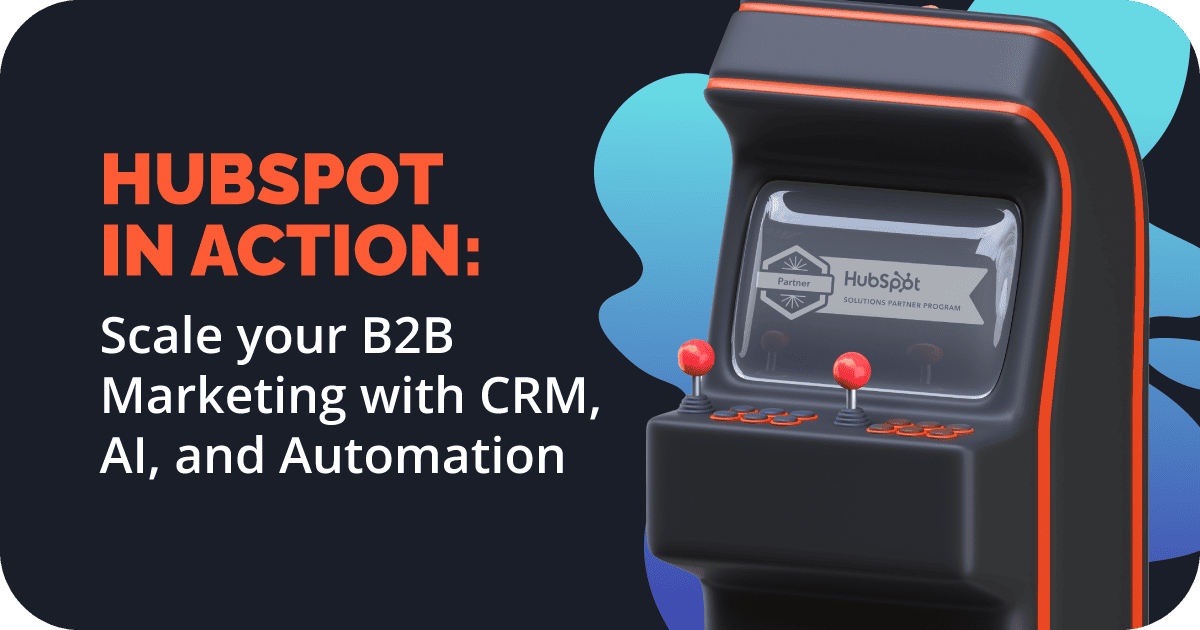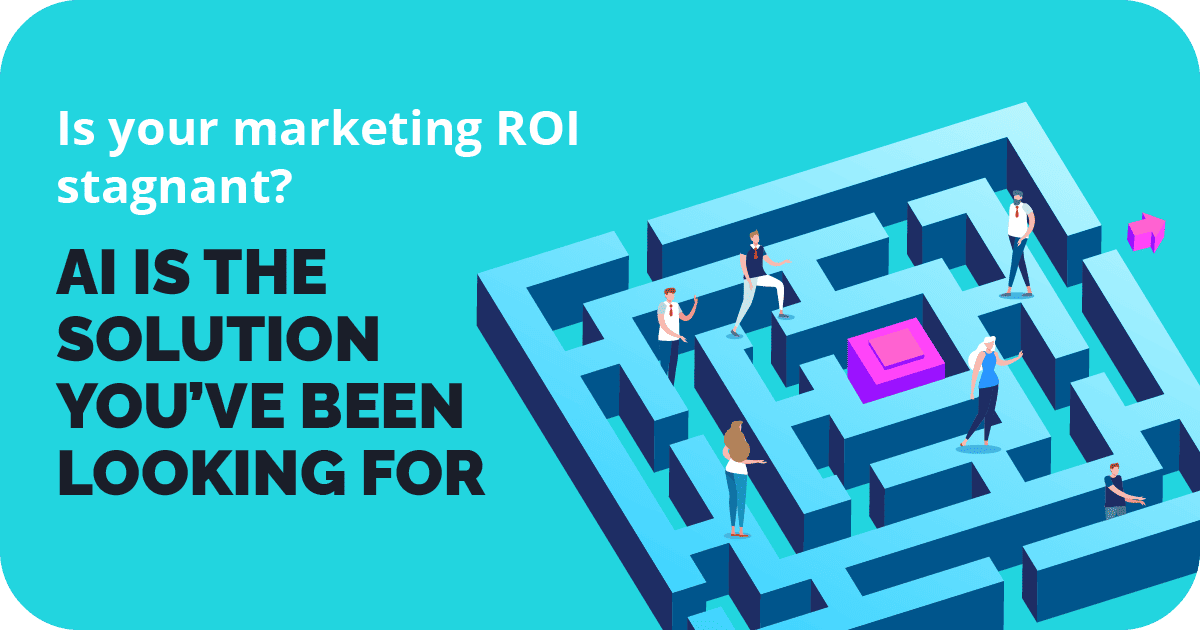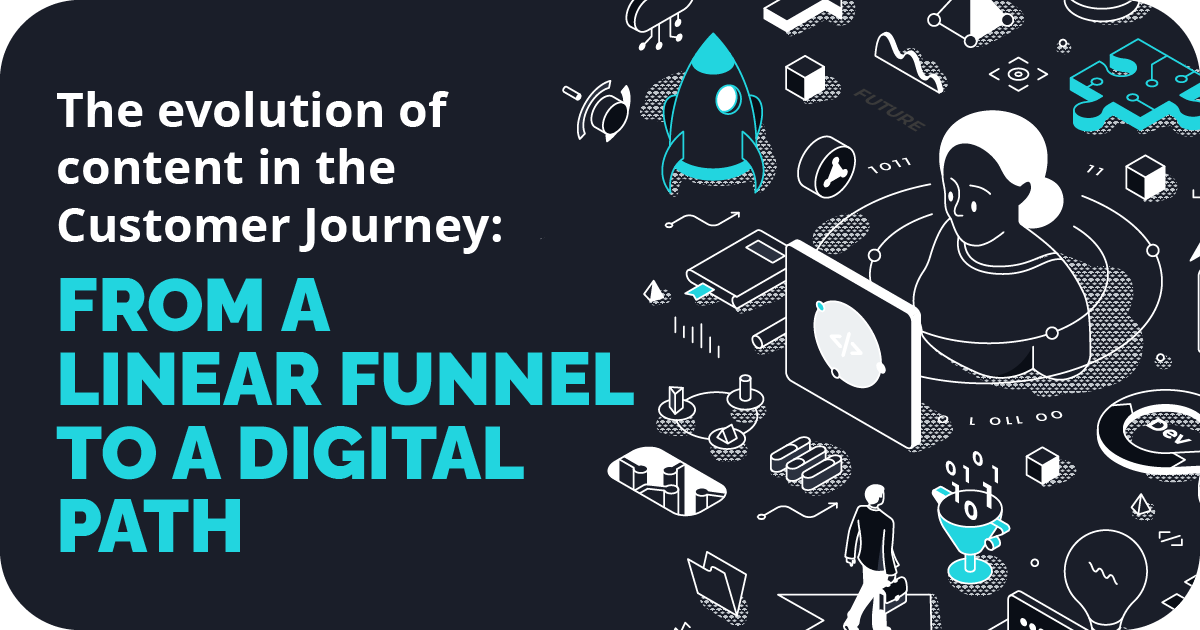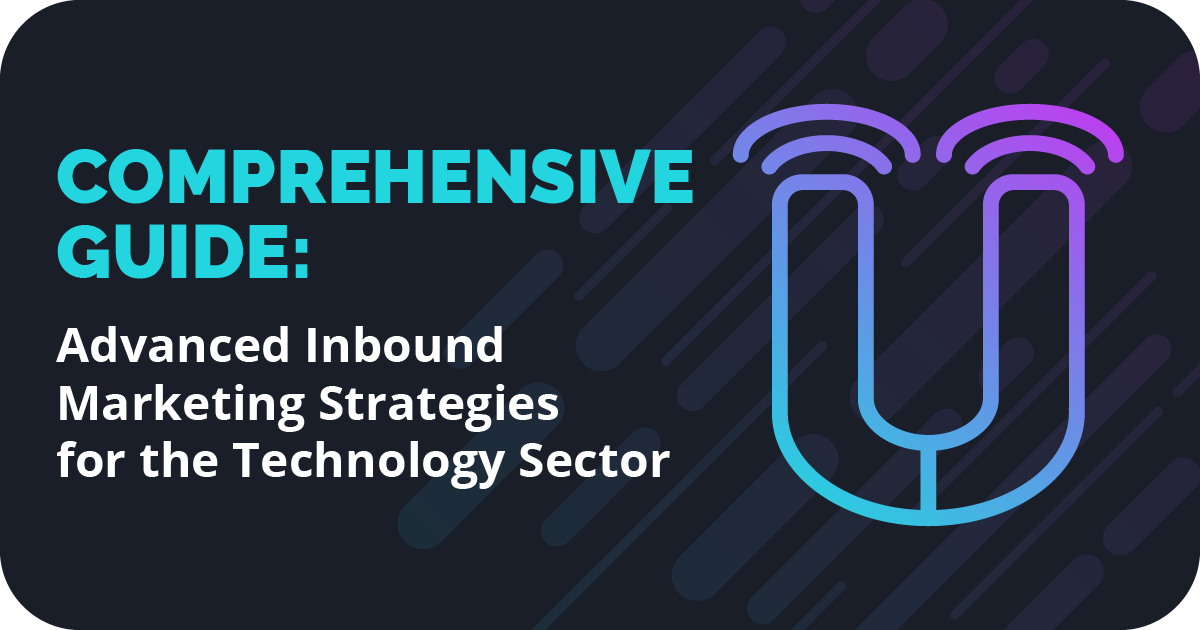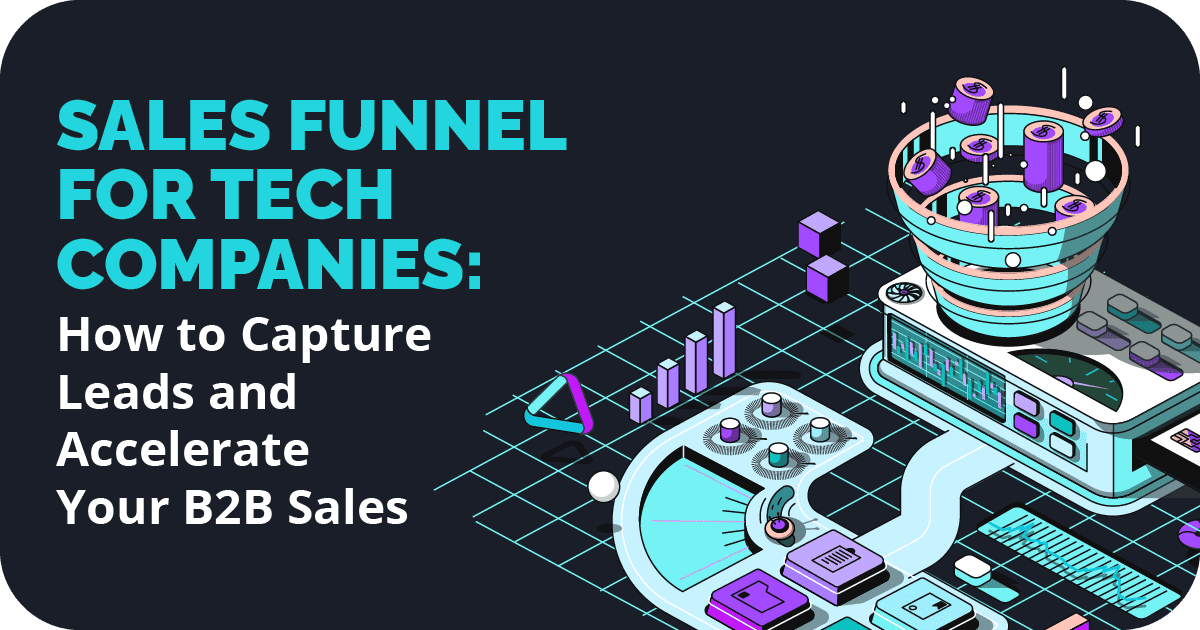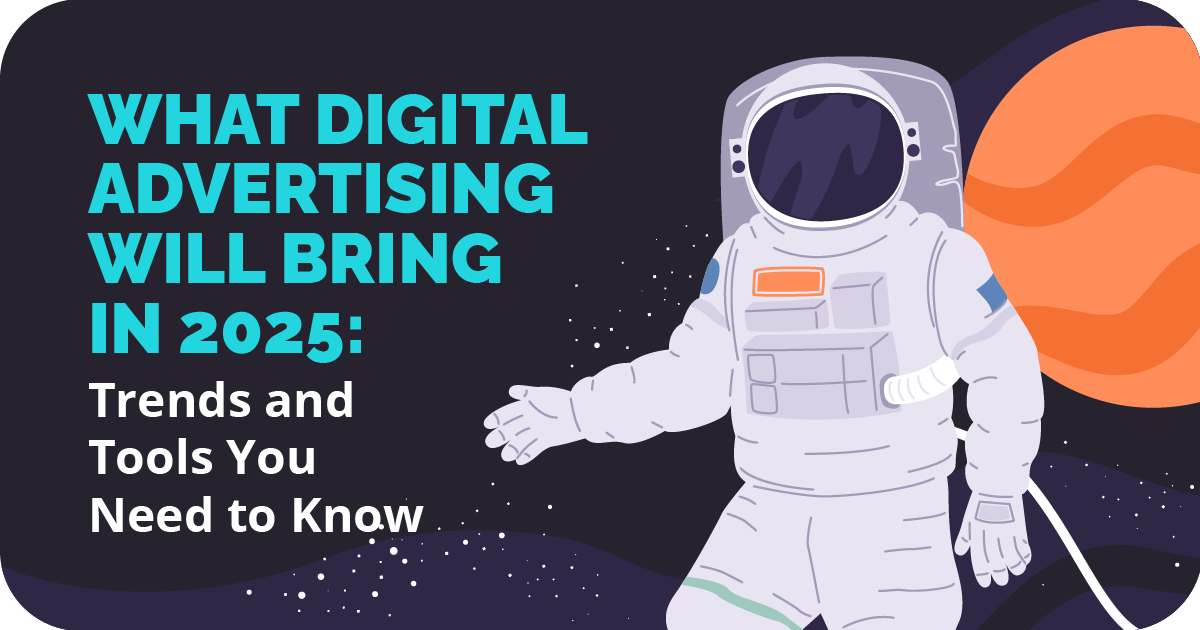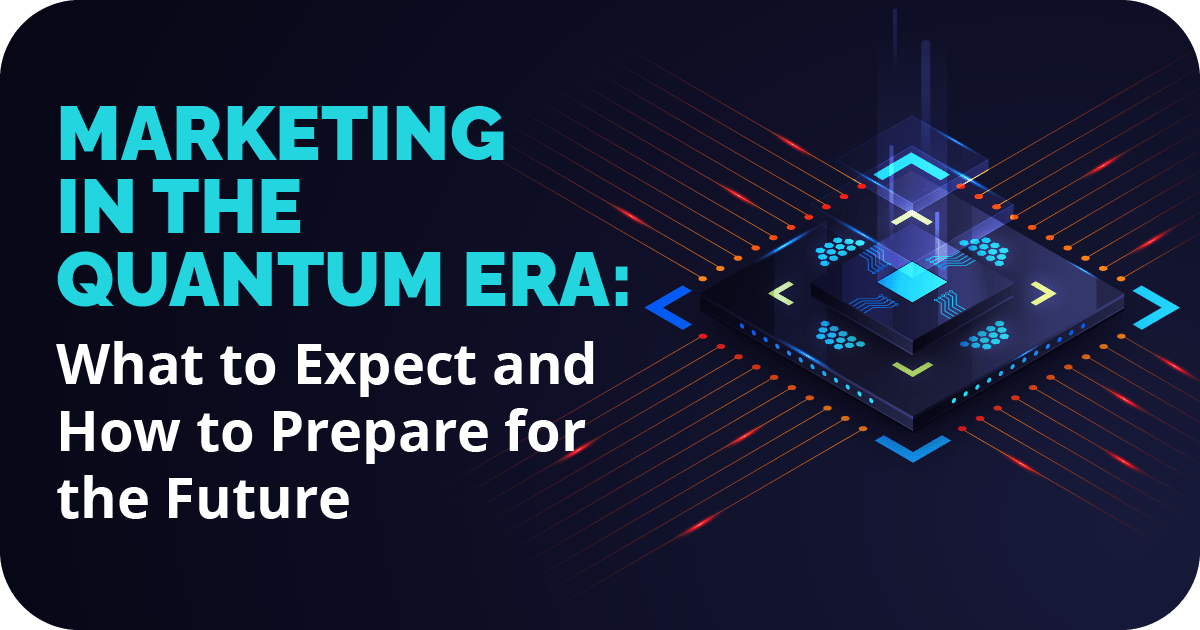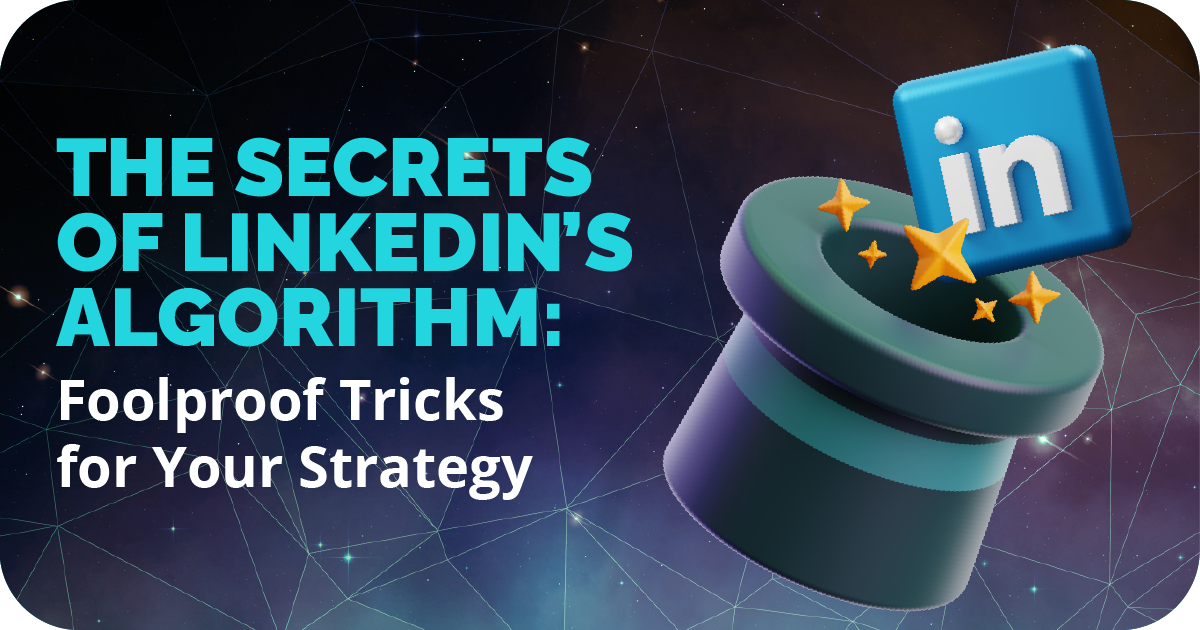Inspire Your Brand Strategy with Taylor Swift’s Marketing Moves
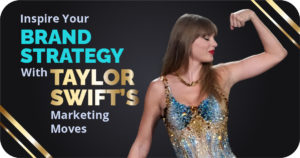
In the dynamic world of marketing, drawing inspiration from diverse industries is crucial, even from those seemingly unrelated to our niche. Take, for instance, the world of pop music. There’s a goldmine of insights waiting to be tapped, especially when looking at Taylor Swift marketing.
As a marketing agency with a specialization in the technology sector, we often advise our clients to look beyond their industry boundaries. Taylor Swift might sing pop hits, but her marketing impact spreads across sectors, offering lessons in storytelling, adaptability, and immersive branding experiences. For that reason, we’ll explore three primary lessons tech companies can learn from her strategy.
3 Key Takeaways from Taylor Swift Marketing
1) Storytelling: A Key Element in Taylor Swift Marketing
For Taylor Swift, storytelling has been an integral part of her marketing and brand identity since the inception of her career. Beyond her music, she deepens the connection with her fans by sharing personal anecdotes, holding exclusive sessions, and sending personal messages, making them feel intertwined with her journey.
Tech companies can take inspiration from her approach to effectively connect with their target audiences and boost sales. Here’s how:
- Humanize the Brand: Just as Taylor uses personal narratives to connect with her fans, tech companies can share stories about their beginnings, challenges faced, or the people behind the product. This can help humanize a brand and make it more relatable.
- Create a Narrative Around Products: Rather than just highlighting features, tech companies can share stories about how their products can transform users’ lives, solve real-world problems, or even the process behind its creation.
- Engage Through Visual Content: Taylor’s music videos add a visual dimension to her songs. Similarly, tech companies can use video demos, tutorials, and customer testimonial videos to provide a visual narrative about their products or services, making them more engaging.
- Build a Community: Taylor’s engagement with her fans fosters a strong sense of community. Tech companies can create dedicated forums, social media groups, or events to engage with their users, share stories, and build a community around their brand.
- Offer Exclusive Insights: Just as Taylor has secret sessions for her fans, tech companies can offer sneak peeks, beta tests, or behind-the-scenes looks into their product development, making their users or audience feel special and valued.
- Customer Success Stories: Just like fans resonate with Taylor’s personal experiences, potential customers resonate with stories of others who’ve benefited from a product. Sharing testimonials or case studies can help potential customers visualize their success with the product.
- Content Strategy: Consistently produce content that tells a story, be it blog posts, podcasts, or webinars. The narrative can revolve around industry changes, innovations, or how technology is shaping the future.
2) Adapting to Industry Changes: The Evolutionary Side of Taylor Swift Marketing
From her transition from country to pop, to the way she’s handled streaming services, Swift has always had her finger on the pulse, adjusting her strategy based on the industry landscape and her audience’s preferences.
What lessons can tech companies learn about this?
- Stay Agile: Like Swift’s approach to the shifting music scene, tech companies should remain flexible and ready to pivot their strategies based on industry trends and technological advancements.
- Listen to the Audience: Swift’s adaptability is, in part, a result of her keen sense of her audience’s pulse. Tech companies can similarly employ feedback loops, user surveys, and beta testing to understand consumer needs and adapt accordingly.
- Advocate for Industry Standards: Just as Swift stood up for artists’ rights, tech companies can take stances on issues pertinent to their industry, like data privacy or open-source standards. This can build trust and respect among consumers and peers.
- Diversify Offerings: Much like Swift’s genre exploration, tech companies can look into diversifying their product or service line-ups. This could mean exploring new tech verticals or integrating complementary services to cater to a wider audience.
- Strategic Partnerships: Swift’s collaborations with other artists and brands have expanded her reach. Tech companies can similarly forge strategic alliances or partnerships to tap into new markets or demographic segments.
3) Immersive Brand Experiences in Taylor Swift Marketing
Taylor Swift’s approach to her concerts exemplifies how an artist can transcend the traditional boundaries of a performance to create a multi-sensory and immersive brand experience. A prime example of this is The Eras Tour.
Every element, from the stage’s grand design to the themed custom cocktails, was crafted to engage the audience’s senses fully. For instance, during her performance of “Bad Blood”, the pyrotechnics were so vivid and powerful that attendees could physically feel their warmth.
Tech companies can draw inspiration from this approach to create captivating learning environments that resonate with their users. Some ideas include:
- Interactive Tech Tools: Just as the RFID wristbands were used in Swift’s concert, tech companies can employ interactive tools or gadgets during product launches or expos. This ensures attendees are actively involved and not merely passive observers.
- Engaging Environments: Creating an atmosphere that engages all senses—be it through visuals, sounds, or even tactile experiences—can help in better retention of information. For instance, when launching a new software or device, integrating stunning visuals or tactile experiences can make the learning curve more enjoyable for users.
- Augmented and Virtual Reality: Leveraging AR and VR technologies can transport users to a multi-dimensional world, enhancing their understanding of a product’s features or the story behind a brand.
- Multimedia Integration: Just as Swift’s LED stage showcased supporting content, tech companies can integrate video demos, infographics, and other multimedia content when presenting new information or training sessions, making them more engaging and easier to grasp.
- Personalized Experience: Personalization can enhance user engagement. Whether it’s a user interface that adjusts based on preferences or a training module that evolves based on a learner’s pace and understanding, personalization can make learning more efficient and enjoyable
In summary
Taylor Swift’s marketing methods offer more than just insights for the music world; they’re a roadmap for any industry looking to deepen engagement. By tapping into storytelling, embracing change, and immersing audiences in unique experiences, she has set a gold standard in brand connection.
For tech companies, emulating these approaches can be transformative. By humanizing their brands, staying agile, and creating rich, sensory experiences, they can foster stronger bonds with their audience and drive greater success.
At iSource Marketing, we firmly believe that businesses should build strong brand concepts and develop marketing plans that turn clients into fans. Please, feel free to contact us for advice or quotes on innovative solutions, and take the bold step to enhance your B2B/B2C strategies with us.




